Customization and personalization of the board
- Instructions for setting up Trello boards for different projects and groups
- Customize Trello boards to suit the specifics of your work by using lists and flashcards
Project Setup Guide in Jira: creating project boards, a list of outstanding tasks, and defining workflows
Detailed instruction on the integration of Jira, Confluence and Trello: steps to combine tools for more effective project management
Workflow Setup Instructions: Steps to optimize bug tracking, feature development, and task management to improve productivity
Assistance in the creation of information dashboards and reports to track the progress of the project, assess the effectiveness of the team, and identify any possible problems
Using the integration of Trello, Confluence, and Jira to create a unified project management ecosystem
Conducting training sessions on the use of each tool with an emphasis on the best practices of project management, documentation and problem analysis
The introduction of flexible methodologies such as Jira and Trello into the work of the enterprise
Using collaboration features on these platforms improves the company's productivity and enhances team communication
High-quality, customized solutions that combine the strengths of Trello, Confluence, and Jira to meet any business's specific requirements
Continuous support and advice to adapt the above tools to business needs
The Atlassian toolbox includes Trello, Confluence and Jira. Their action offers a comprehensive solution for teamwork, project management and simplified documentation. Here is a list of actions that the Atlassian toolkit can have on your business:

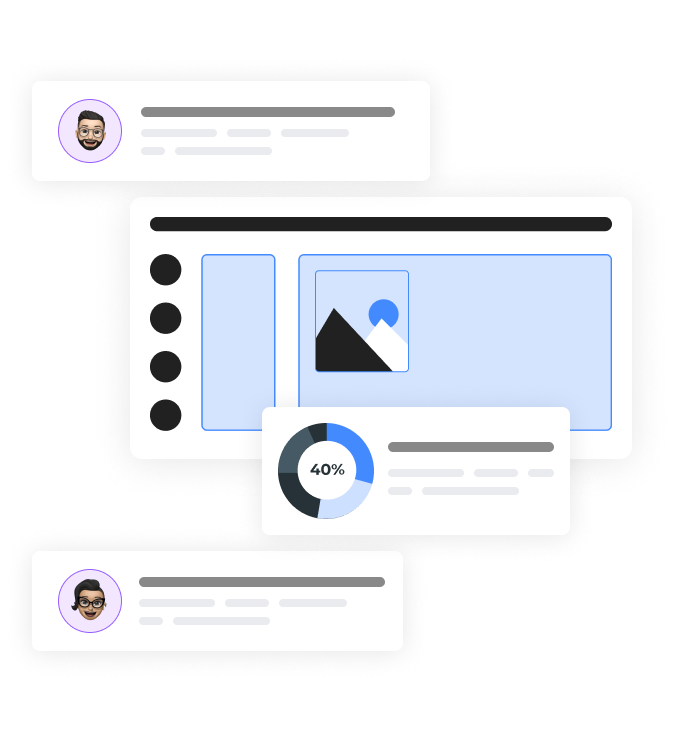
The Atlassian Agile Coach page provides a comprehensive guide to agile development, covering various methodologies and best practices. While specific indicators of the impact of agile methodologies on business processes are not directly provided, the page highlights the following key benefits of Agile:
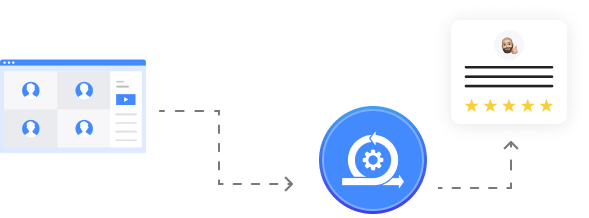
Agile methodologies enable teams to adapt quickly to changes while maintaining the stability and efficiency of their work in a dynamic business environment
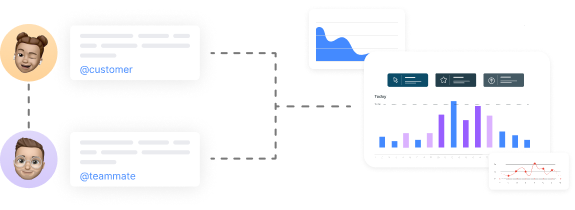
Agile focuses on real interaction between people, rather than formal processes, which helps to improve collaboration in the team and with customers
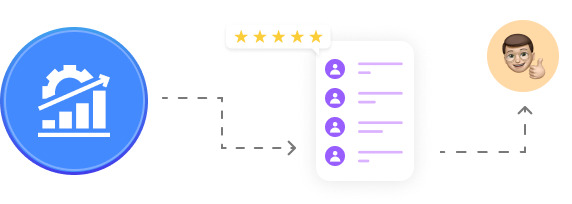
Agile teams actively use feedback loops and seek continuous improvement, leading to the continuous improvement of their products and business processes
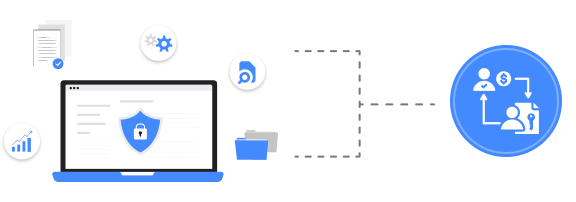
Flexible teams have a high level of ownership and autonomy, which helps to improve team morale and work efficiency
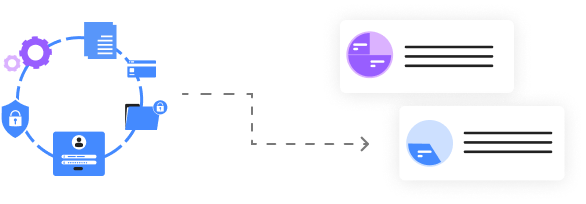
Agile methods such as Scrum and Kanban are known for their ability to improve the timing and quality of projects by using an iterative approach and frequent reassessment
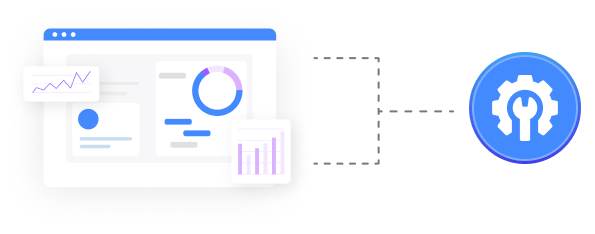
Agile is not a universal solution for all teams. It is recommended to adapt Agile methods to the specific needs and culture of the team to ensure maximum implementation efficiency
The report contains important conclusions about the advantages and trends of Agile implementation in organizations, which confirms the importance of these methodologies for ensuring business flexibility and effective response to changes in the market
The introduction of flexible practices is justified by quantitative advantages, such as increased collaboration, better alignment with business needs, and the creation of a more positive work environment, which is essential for organizations
The report highlights the importance of flexibility to achieve business success. The use of Scrum, the main methodology in Agile, has increased significantly: currently, 87% of respondents use it at the team level
Accelerating market entry and maintaining predictability are the main goals of implementing flexible practices, as 52% of respondents have indicated. This confirms the advantages of a flexible approach that allows for faster achievement of goals without compromising stability
One of the main advantages of Agile is risk reduction, which is recognized by 31% of respondents. Flexible methodologies make it possible to manage risks more effectively through constant feedback and flexible adaptation
Companies using Agile report an increase in collaboration (69%) and a better alignment with business needs (54%). These significant improvements in team dynamics and more precise work alignment in accordance with the business need are recognized as an important benefit of a flexible approach

39% of respondents confirmed that the use of Agile has contributed to an improved working environment. This seems to be due to the emphasis placed on expanding a team's skills and continuously improving
The report also highlights the challenges associated with Agile implementation, including low management engagement and the organization's resistance to change. This highlights the need for professional change management during agile transformations
The emergence of new scaling frameworks, such as Scrum@Scale, indicates the growing popularity of adaptive and flexible approaches to Agile scaling
Flexible practices have ceased to be something specific to the IT sector and have become an integral part of the digital development strategy of the entire organization
